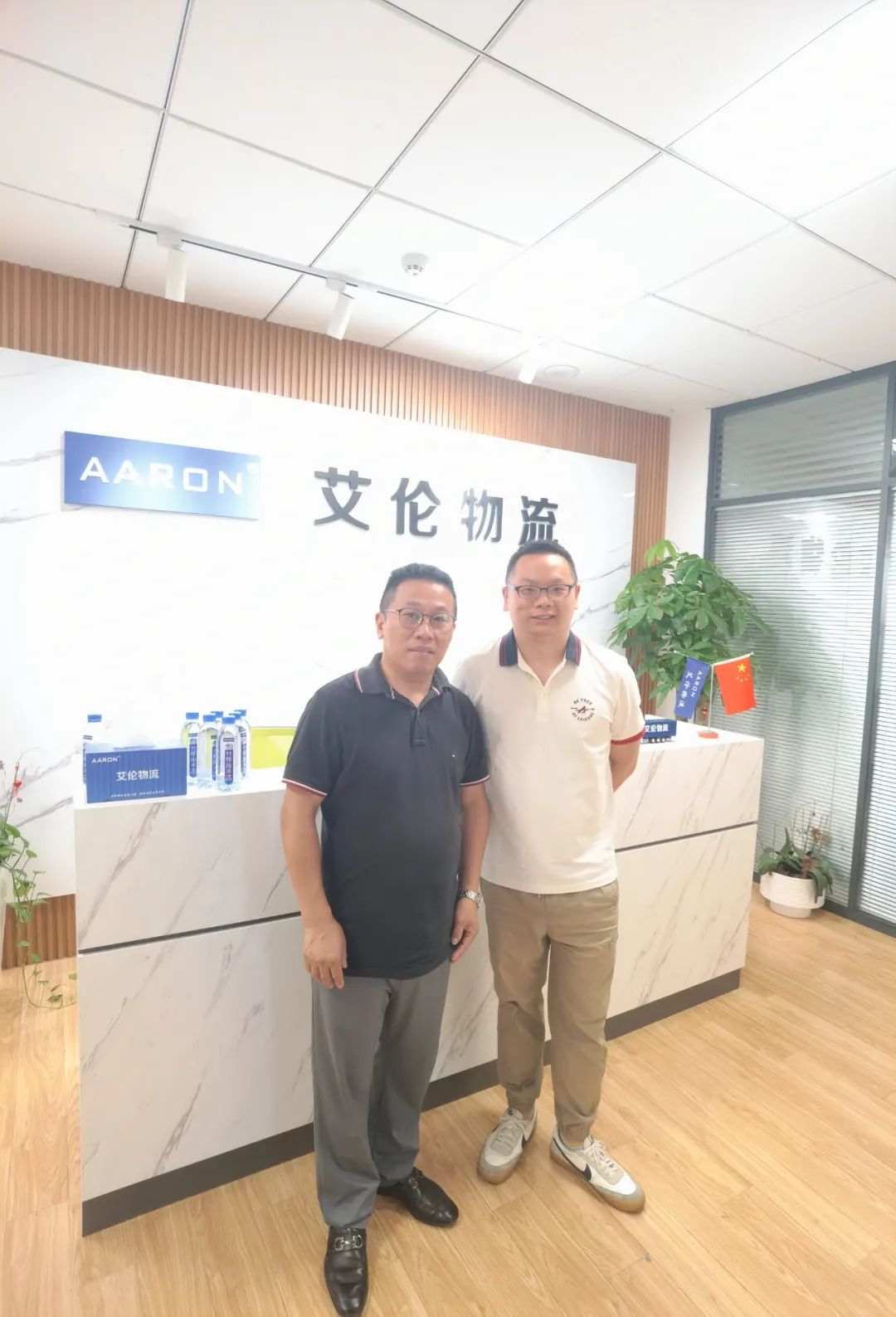How to develop the channel economy through the China Laos train, China Europe train, and the Western Land Sea New Channel train?
Recently, the General Administration of Customs has issued policies to support the development of cross-border trains such as the China Europe Express and the Western Land Sea New Channel, as well as the development of international sea rail intermodal transportation in various regions. On March 29th, the first "Integrated Inland Comprehensive Bonded Zone Customs Clearance" special train in China arrived at Chengdu International Railway Port, bypassing the railway port and completing customs declaration and clearance procedures directly in the comprehensive bonded zone, saving enterprises more than a day of customs clearance time. In the future, this innovative model will cover the imported China Europe trains in Chengdu. At the same time, the China Europe Express is opening up a number of sea rail intermodal lines, which will connect the China Laos railway, the new land sea channel in the west, etc., and then connect with Europe, Central Asia, Japan, South Korea, and ASEAN organically.
This is an important symbol of the development of China's train economy from general export trade to a channel economy based on round-trip international trade organizations, as China has accumulated operational experience and market resources through cross-border trains such as China Europe for many years. In the future, the channel economy centered around the China Europe Express, the Western Land Sea New Channel Express, and the China Laos Express, and based on industrial chain supply chain collaboration, will usher in a new situation of improving quality and efficiency development.
The rapid development of the channel economy benefits from national policy support. The 14th Five Year Plan for Modern Logistics Development clearly proposes to develop the logistics channel economy. It is necessary to focus on the implementation of major strategies such as jointly building the "the Belt and Road", the development of the Yangtze River Economic Belt, and the construction of new land and sea channels in the west, improve the logistics infrastructure support and service capacity along the "four horizontal, five vertical, two along ten corridors" logistics channel, close the channel economic ties, and optimize the industrial layout and division of labor cooperation system along the channel, Improve industrial organization and factor allocation capabilities.
The "the Belt and Road", the new western land and sea channel, and the China Laos channel are in the direction of important logistics channels planned by the state. The China Europe trains, the new western land and sea channel trains, and the China Laos trains, which have important carrier functions for expanding trade exchanges and strengthening the supply chain links of the industrial chain, will certainly become important supports for the economic development of the channel. The large-scale and smooth train organization will be conducive to giving full play to the economic and industrial development attributes of the trains, This has pointed out the direction for the transformation and upgrading of cross-border international trains. To this end, the development of various types of train services should focus on building a powerful international supply chain that serves and connects the industrial chain. Innovative efforts should be made to create industrial corridors, trade corridors, logistics hubs, and circulation nodes, accelerate the development of the channel economy, and drive the economic development of cities along the line. The channel economy will become a new mission for the layout and development of various types of train services.
The innovation of customs clearance mode promotes the rapid growth of the channel economy. Innovative customs clearance models and improving customs clearance efficiency have always been the development difficulties and priorities of various types of trains, and improving the scale and organizational capacity of return goods is the weakness of train development. The General Administration of Customs supports the development of cross-border trains such as the China Europe Express and the Western Land Sea New Channel, supports the development of international sea rail intermodal transportation in various regions, and implements the new model of "inland comprehensive bonded zone customs clearance integration", which brings opportunities to solve problems and break development bottlenecks. The problems that need to be addressed by various types of trains in the new policy environment will be reflected in the following three aspects:
One is to enhance the organizational capacity of international trade in imports. We should learn from the experience of the integration of domestic e-commerce and express delivery in terms of scale development, and quickly build import trade operation platforms that serve cross-border trains such as China Europe trains, western land and sea new channel trains, and China Laos trains. This will create environmental conditions for the scale operation of the new customs clearance policies, and lay a solid foundation for the trade driven trains, train driven channels, and channel driven industries.
The second is to closely link import and export trade. We should use the import trade operation platform as the fulcrum to accelerate the circular operation of import and export trade, inject new reciprocating operation vitality into the train, extend the value chain of the train, enhance the safe operation ability of the supply chain of the train, and explore new paths for the final formation and development of the channel economy.
The third is to coordinate the operation and organization of the train and the city. Change the practice that each train operation city lacks industrial economic ties. With the import trade operation platform as the support and the cities along the line as the carrier, speed up the supply chain coordination of domestic and international industrial chains, better serve to build a new development pattern with domestic systemic circulation as the main body and domestic and international double cycle promoting each other, break through the obstacles of train circulation operation, scale development and value creation, and accelerate the high-quality development of trains. (The author is the director and researcher of the Comprehensive Transportation Research Institute of the National Development and Reform Commission)
The development of various types of train services should revolve around the construction of a powerful international supply chain that serves and connects the industrial chain, innovate and create industrial corridors, trade corridors, logistics hubs, and circulation nodes, accelerate the development of channel economy, drive the economic development of cities along the line, and channel economy will become a new mission for the layout and development of various types of train services.
Statement: Part of this news is sourced from Logistics Times Weekly, with the aim of conveying more information. The ownership belongs to the original author. If there are any copyright issues with the content, please contact us to delete it. Thank you!
Recommended article
-
On June 27, 2025, the Logistics Branch of the Shanghai Hubei Chamber of Commerce, in collaboration with the Wuxue Working Committee, held a productive enterprise visit and exchange activity at Shanghai Allen Logistics Co., Ltd. (hereinafter referred to as "Allen Logistics"). The event, themed "Exploring Hubei Logistics Enterprises in Shanghai," aimed to promote resource sharing and business collaboration among member units. Led by Logistics Branch Secretary Li Dan, Director General Li Qigang of Chuji Logistics attended the event as a representative of the Logistics Branch's council member unit, witnessing the formal inclusion of new member Allen Logistics General Manager Su Xing into the Logistics Branch family. The event not only deepened industry exchanges but also injected new vitality into the development of Hubei-origin logistics enter...
-
Project Background: From April to May 2025, the Wuhan Branch of Chuji Heavy Equipment Logistics was commissioned by Shanghai Electric Wujiang Transformer Factory to undertake the core task of the Wuhan City Power Grid Upgrading and Expansion Project for State Grid Wuhan Company—transporting four 110kV transformers from Wujiang, Jiangsu to the four major substation sites: Qijiashan in Dongxihu, Wuhan; Yonglichun in Qiaokou; Panlongcheng in Huangpi; and Tangjiadun in Jianghan. As a key project for the upgrading and expansion of Wuhan's urban power grid, it required overcoming the challenges of existing roads not being suitable for heavy equipment access and the limited internal space of the substations to ensure the timely delivery of the equipment. According to the established requirements, the transportation had to be efficient and precise,...
-
In May 2025, Chuji Logistics (Stock Code: 000339) was invited to attend the Dàyùnlián Guangzhou Council Meeting of the China Heavy Machinery Industry Association and was officially approved to join Dàyùnlián during this meeting, becoming a core reserve force to promote the collaborative development of China's heavy machinery industry chain. This landmark achievement not only highlights Chuji Logistics' professional strength in heavy logistics but also marks its entry into a new stage of development under the recognition of a national-level industry association. China Heavy Machinery Industry Association, established in October 1989, is a nationwide industry organization composed of units engaged in the production, research, design, system integration, and education of metallurgical machinery, mining machinery, material h...





